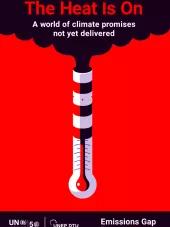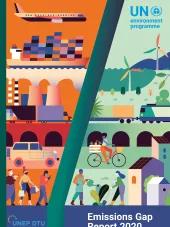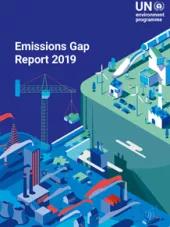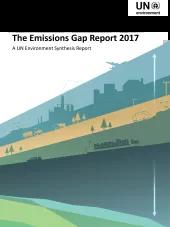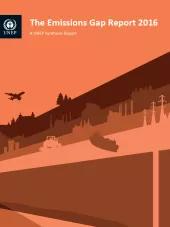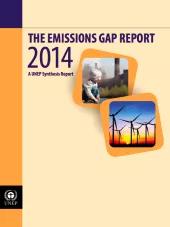This sixth UNEP Emissions Gap Report provides a scientific assessment of the mitigation contributions from the submitted INDCs. As in the previous reports, it then compares the resulting emission levels in 2030 with what science tells us is required to be on track towards the agreed target of a global average temperature increase below 2°C by 2100. The Report also provides data for the aspirational target of keeping the temperature increase below 1.5°C. In addition, the Report presents selected areas where enhanced action can be taken, accelerated and scaled up to close the emissions gap. The 2015 Emissions Gap Report addresses the following key questions:
- What are the latest estimates of 2025 and 2030 total global emissions levels consistent with the goal of holding the global average temperature rise below 2°C or 1.5°C above pre-industrial levels by 2100?
- What is the progress on implementation of the Cancun pledges for the period to 2020?
- Will the combined INDC commitments for 2030 (if fully implemented) be sufficient to stay within the range consistent with the 2°C temperature goal?
- What are possible contributions in selected key areas, where action can be accelerated to enhance the ambition of national pledges both in the period before and after the expected entry into force in 2020 of the Paris Agreement? This year the detailed assessment is on possible mitigation contributions from International Cooperative Initiatives (ICIs) and enhanced forest-related mitigation activities with a focus on Reducing Emissions from Deforestation and Forest Degradation (REDD+).


